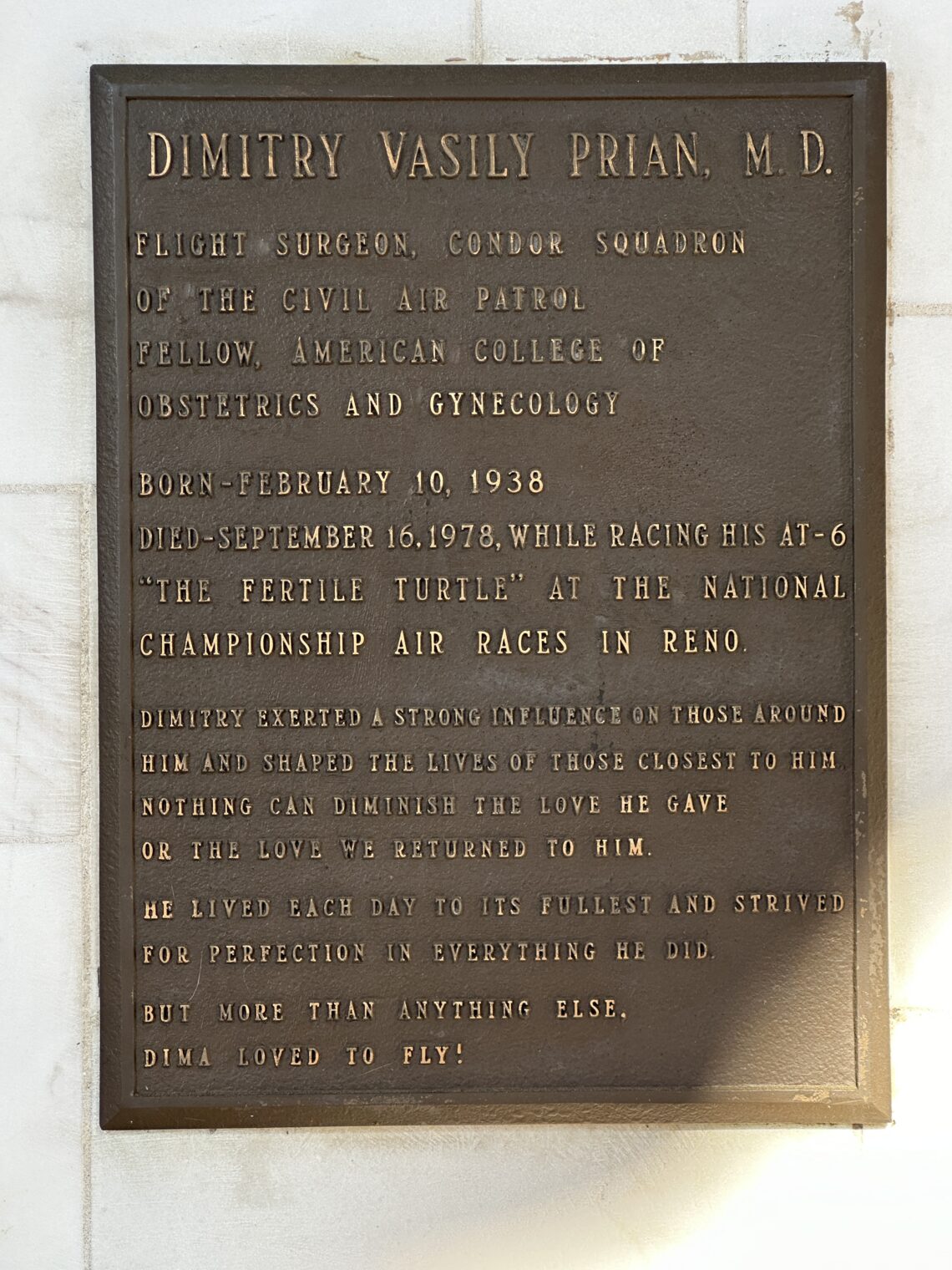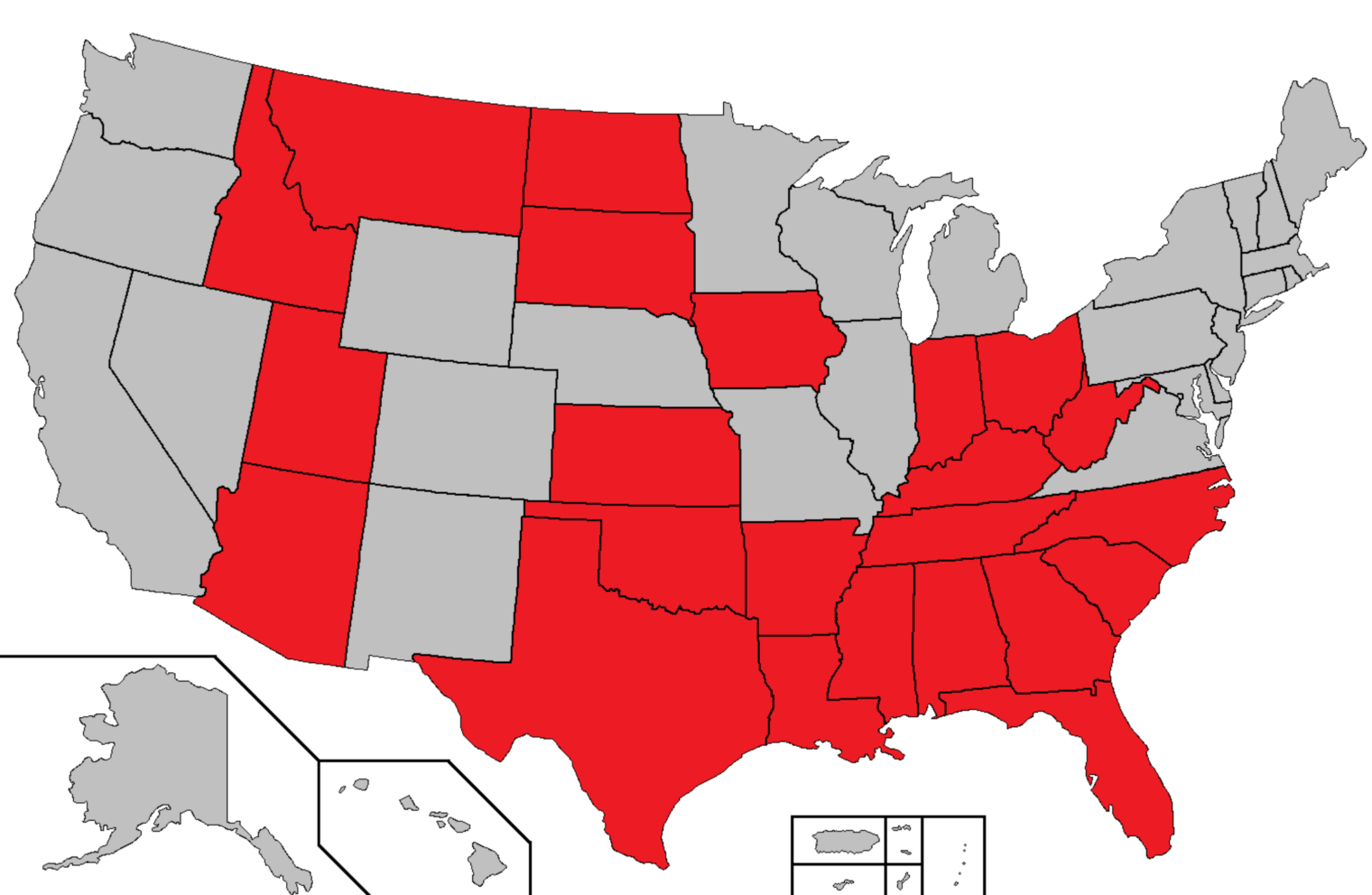Gavin Newsom is the best-qualified governor to serve as U.S. President…
…. because he has experience with running a government at a structural deficit, something that states are theoretically not allowed to do.
California has been in the news lately for its forecast $68 billion budget deficit, about 30 percent of total spending by the state government and about $7,000 per significant taxpayer (in just one year) if we assume that only about 10 million Californians are earning enough to live an unsubsidized life. The report that is the basis for these media stories has a more interesting figure, though:
Like the federal government, the California state government is set up to spend more than it collects in tax revenue. California can’t print money the way that the Feds do. I’m wondering what their theory is for how they can run deficits indefinitely. Do they believe that the U.S. is in a huge slump right now and better economic times are around the corner once another 10 or 20 million undocumented cross the border? And that migrant-fueled economic boom will increase tax revenue to move the state back into surplus? In the previous version of this report, the analysts said that the budget had to be balanced every year (but reserves can still be spent to allow a deficit?):
What’s the near-term solution that the legislature’s analysts propose? Cutting spending on education! I can’t see a proposed long-term solution in these documents, though.
Oh yes, let’s also look at how good the best and brightest humans are at economic prophecy. The previous year’s report forecast a deficit for 2024-5… of about $17 billion.
Related:
Full post, including comments







































